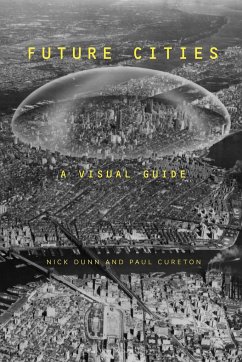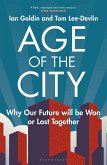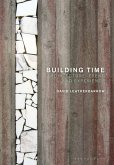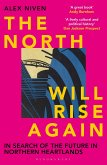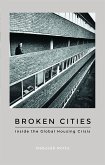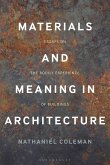What might our cities look like in ten, twenty or fifty years? How may future cities face global challenges? Imagining the city of the future has long been an inspiration for many architects, artists and designers. This book examines how cities of the future have been visualised, what these projects sought to communicate and what the implications may be for us now. It provides a visual history of the future and explores the relationships between different visualisation techniques and ideologies for cities. Thinking about what futures are, who they are for, why they are desirable, and how and when they are to be brought into being is central to this book. Through visualisation we are able to experiment in ways that would be impractical and potentially hazardous in the real world, and this book, therefore, aims to contribute toward a better understanding of the power and agency of visualisations for future cities. In this lavishly illustrated text, the authors apply several critical lenses to consider the subject in different ways: technological futures, social futures, and global futures, providing a comprehensive survey and analysis of visions for future cities, and engaging creatively with how we perceive tomorrow's world and future studies more widely.

